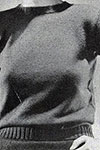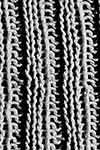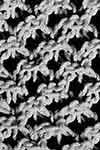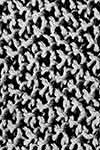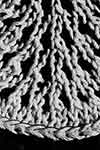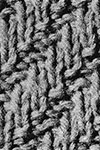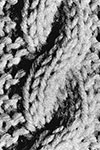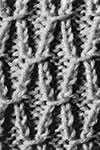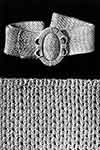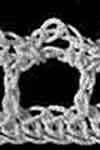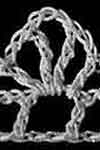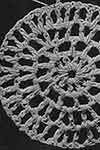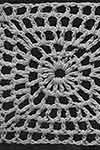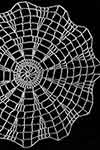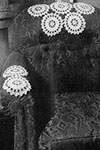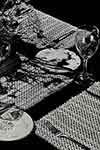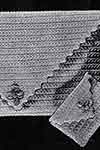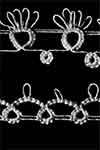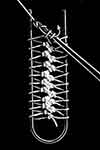The Learn How Book | Book No. 98 | The Spool Cotton Company
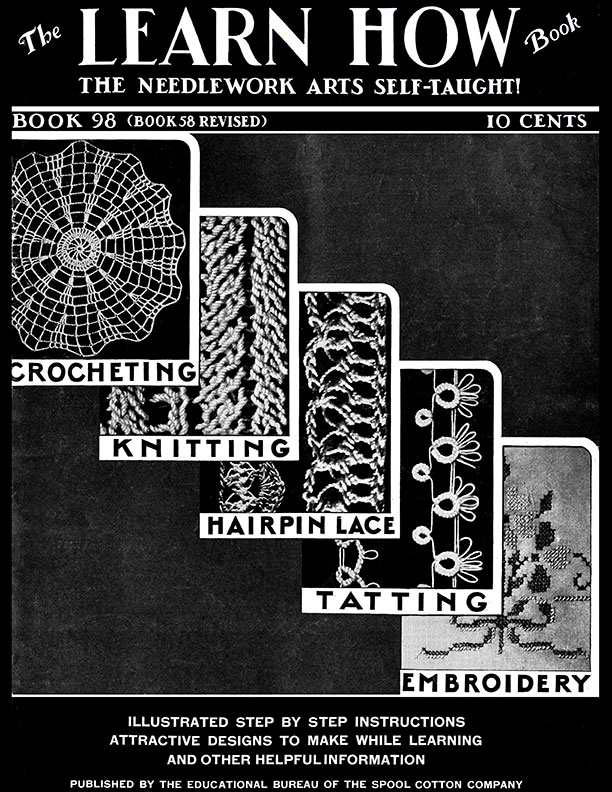
The Learn How Book
Book No. 98 (Book 58 Revised)
The Spool Cotton Company
Original Copyright 1937
Five Popular Needlework Arts
You, too, can learn to enjoy the arts of crochet, knitting, tatting, embroidery and hairpin lace.
Each step in this book is clearly illustrated by photographs and sketches, so that with the instructions a beginner will have no difficulty in working out the stitches. For more advanced students it serves as an excellent reference for forgotten stitches or new tricks.
Learning any new art requires a certain amount of patience. Some crafts that are easy for one, seem more difficult for another depending upon innate skill. Read the text slowly and with understanding and let your fingers and thread go through the motions as you read. Following the directions will not be difficult.
Crochet is an art centuries old. Originally fingers were used for hooks and grass for thread. Now, beautiful threads of many kinds and sizes are made just for crochet. You will find you have a greater appreciation for crochet when you realize that it is one of the few creative arts left to womankind which no machine yet devised has accurately reproduced. Crochet is made by a series of loops made with the hook and the thread.
Knitting is formed by a series of loops of thread made by using two or more knitting needles or knitting pins. Owing to these loops being connected in unbroken continuity, a very elastic type of fabric is produced.
Learn to develop a rhythmic movement in your knitting so that your stitches are smooth and even and the result is a beautiful piece of work. Knitting adapts itself to all sorts of apparel both for outer and under wear and women for generations have fashioned their entire wardrobes with their fingers. Today, when fashion plays such an important part you will find many interesting and unusual designs that can be developed. Both cotton and wool yarns can be used depending upon the effect desired.
Hairpin Lace is a revival of an old-fashioned form of lace making. A hairpin or lace staple and a crochet hook make it possible to produce openwork lace quickly. Not so great a variety of designs can be offered in hairpin lace as in regular crochet, but the two arts can be combined effectively.
Tatting is believed by some to have originated from the Indian word, tattie—a mat it resembles. An old Icelandic word taeta, meaning to knot, may have been the inspiration—or it may be from the old provincial English word tat, meaning to entangle or weave. A small shuttle wound with thread and dextrous fingers fashion this knotted-type of lace. Edgings or medallions which may be joined together for larger articles constitute the chief designs made.
Embroidery with its pretty threads and variety of stitches has a heritage from ancient times. Simpler embroidery stitches are derived from these older works of art.
The old fashioned sampler worked in cross stitch and handed down through generations as an heirloom shows hours of painstaking labor. Today's colored embroideries are simple and easy to do. The stitches are interesting and even a beginner can add a few gay touches that give individuality and style to wearing apparel and home furnishings.
Sewing is a household art of all time. For those who are interested, Book 53, Sewing Secrets, is a complete guide to successful sewing.
| Pattern Categories Browse the categories to help you find the patterns you're looking for. |
||
|
||









